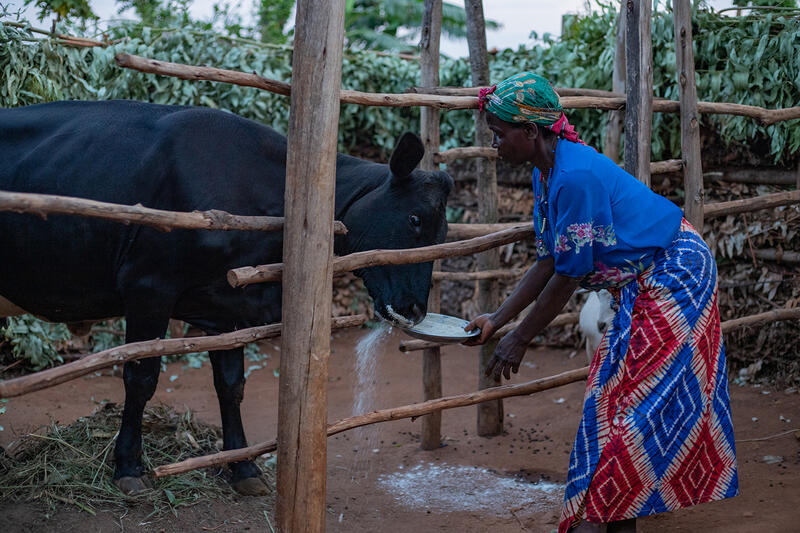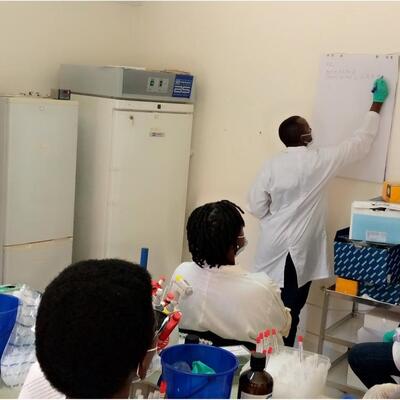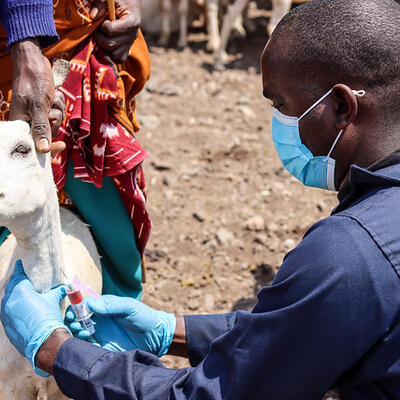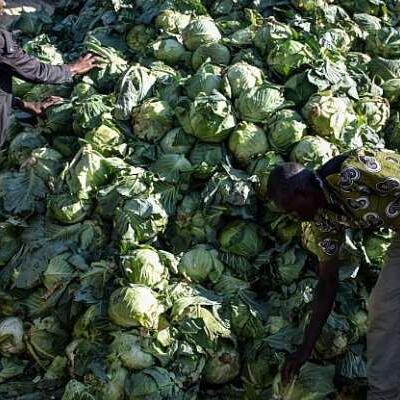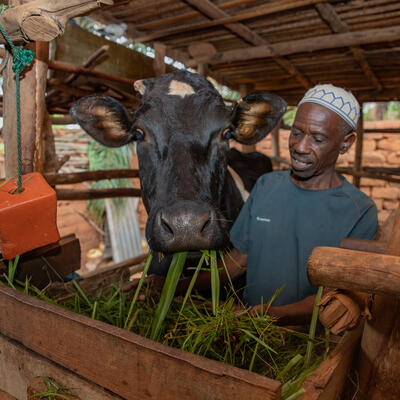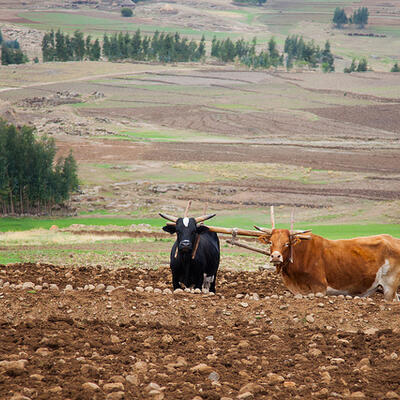
Burundi
How ILRI is addressing these challenges
ILRI has been involved in several research and development projects in Burundi for many years aiming to improve livestock productivity, health, nutrition, etc. ILRI key intervention areas in Burundi include:
- The development of the livestock feed supplementation strategies using locally available resources, such as sweet potatoes and cassava leaves/peels
- Introduction of smart-climate and nutrient-dense forages varieties and promoting conservation methods
- Supporting improved small-scale dairy farming through adoption of best animal husbandry practices and genetic improvement programs
- Implementation of disease control program to address major livestock diseases, such as East coast fever and Rift Valley Fever (RVF).
- Capacity building of local extension staff and farmers through short term training programs in animal health and production
- Promoting farmers' access to lucrative markets based on the ‘sustainable dairy business hub model’ developed by ILRI
Overall, ILRI’s effort in Burundi aims to support sustainable livestock development, poverty reduction and food security in the country.
ILRI's research priorities in Burundi
ILRI's research priorities align with and support Burundi's development goals in several ways:
Burundi's agricultural sector is dominated by small-scale farmers (more than 80% of the population) who depend on agriculture and livestock for their livelihood. The livestock sector is one of the pillars for improved food security in Burundi and was prioritised in the National Strategic Plan 2018-2027 & Burundi Vision 2040-2060. Some of the challenges identified are frequent disease outbreaks (RVF, PPR, ASF) with devastating effects on the livelihoods of rural farmers. Moreover, most farmers still practise extensive production system with low genetic performances of animal breeds reared, coupled with limited access to well-balanced diets which are leading to low meat and milk production.
ILRI's research and existing proven livestock technologies on animal genetics, animal and human health and feed and forage development are helping to accelerate agricultural development in Burundi, enhance resilience of small-scale farmers through increased livestock productivity and improved access to more profitable markets.
